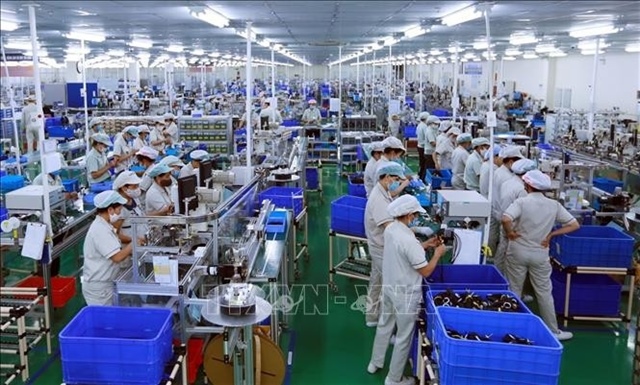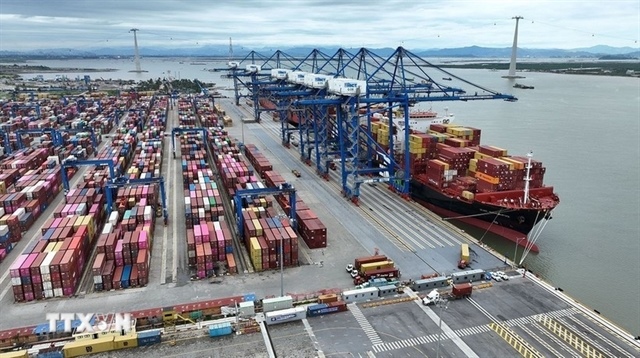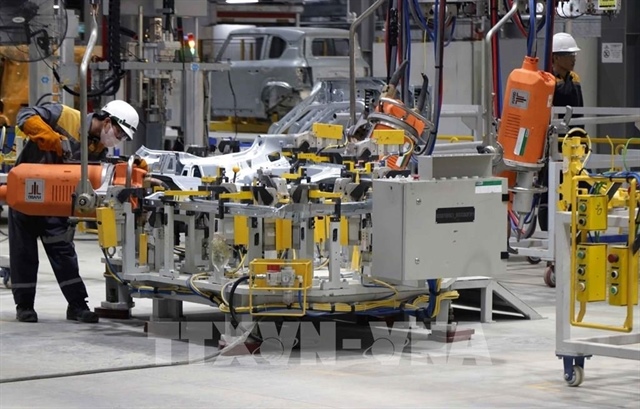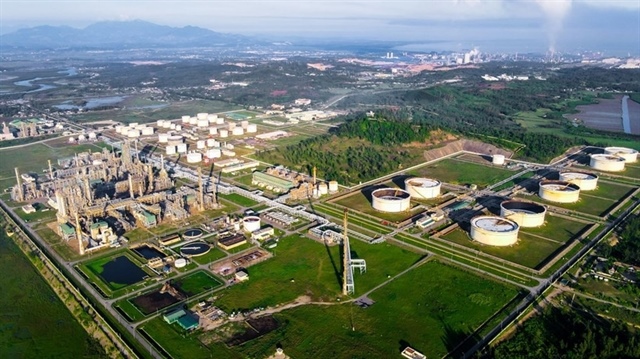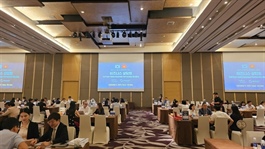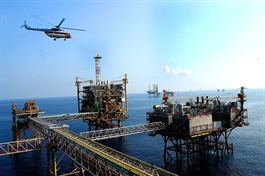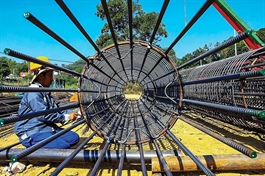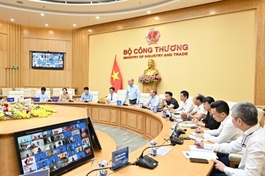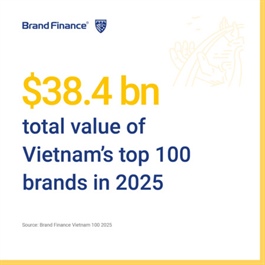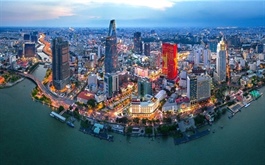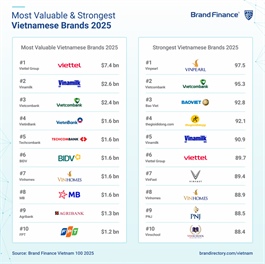Vietnam’s FDI story in 2025: stability and opportunity
Vietnam’s FDI story in 2025: stability and opportunity
Vietnam received $26.1 billion in foreign direct investment (FDI) in the first eight months of 2025, up 27.3 per cent on-year. Actual capital disbursements totalled, $15.4 billion, the highest level for this period in five years.

Matthew Lourey, chairman, Alitium |
Yet, while existing investors expanded operations with an 85.9 per cent increase in adjusted capital, newly registered capital fell by 8.1 per cent, showing new entrants are cautious amidst global uncertainty.
This underscores a turning point for Vietnam. Whilst remained anchored by manufacturing, there is discussion about what comes next: services, digital industries, and high-tech sectors that promise growth but often demand less capital investment than the factories of old.
Processing and manufacturing still dominate FDI. So far in 2025, the sector absorbed nearly 60 per cent of new commitments and more than 80 per cent of disbursed capital. Electronics, textiles, and machinery continue to power Vietnam’s export-led growth. This dominance is reinforced by trade figures, with exports rising by 15 per cent on-year for the first eight months, despite new international tariffs and slowing global demand.
Vietnam’s industrial output continues to grow, demonstrating the continued strength of the existing industrial base. For now, factories remain Vietnam’s growth engine, but as the country matures the strategic challenge is moving beyond this reliance.
Vietnam’s next stage of FDI is unlikely to sustain multitudes of billion dollar manufacturing complexes. They will arise, with robotics and advanced manufacturing as the driver, but we will also see smaller, more knowledge intensive and service-oriented investment becoming the norm.
Healthcare and pharmaceuticals are emerging priorities. Digital services and technology, cloud computing, AI, fintech, logistics, and digital platforms are all drawing increasing attention, and areas that Vietnam has shown it can excel at and be world leaders. Semiconductors and electronics design are also strategic bets. Vietnam is actively courting suppliers and design houses with tax incentives and human resource development opportunities.
These trends suggest that Vietnam’s FDI future will involve more projects, but with lower average capital investments. This will, over time, change the profile of capital inflows and the way Vietnam measures success, in both dollars committed and in the long-term value added to the economy.
Current investor behaviour in 2025 reflects a split. New investors are cautious, taking time to start new projects and committing less initial capital per investment. Existing investors are more confident, with the increase in adjusted capital highlighting how multinational firms already in Vietnam see long-term potential and are expanding production or adding services. This twin track shows Vietnam is still trusted, but the days of fast rising mega projects may give way to more incremental, diversified inflows.
The government’s ability to maintain FDI inflows rests on how it responds to these shifts. Rather than solely focussing on more industrial parks, policymakers are signalling reforms designed to encourage higher quality investment.
These include a shift towards high-tech, green, and service-driven sectors; corporate income tax incentives being extended to high-tech, semiconductor, and renewable energy projects; land law amendments, introducing clearer rules on land use rights; changes to public-private partnership frameworks to attract foreign participation in infrastructure, logistics, and healthcare; and delivery on digital government reforms, including e-filings and digital investment documentation.
These initiatives reflect Vietnam’s recognition that sustaining FDI growth requires quality and diversification, and not just quantity. However, Vietnam’s investment openness brings exposure to global volatility. With forecast global growth lowered, and in the shadow of US tariffs, the inflationary and currency pressures facing Vietnam may partly erode competitiveness and attractiveness. How the country manages these risks will determine whether it can turn policy ambitions into tangible outcomes.
The FDI record in 2025 shows both flexibility and transition. The factories that have driven growth for decades continue to dominate, but the direction of travel is towards services, healthcare, technology, and digital industries. These sectors bring smaller capital inflows but higher knowledge content and long-term value.
Vietnam offers both stability and opportunity for investors, but for policymakers the challenge is to adapt legislation, institutions and human resources to ensure the next wave of FDI delivers a diversified economy based on innovation and technology.
- 00:00 15/09/2025


